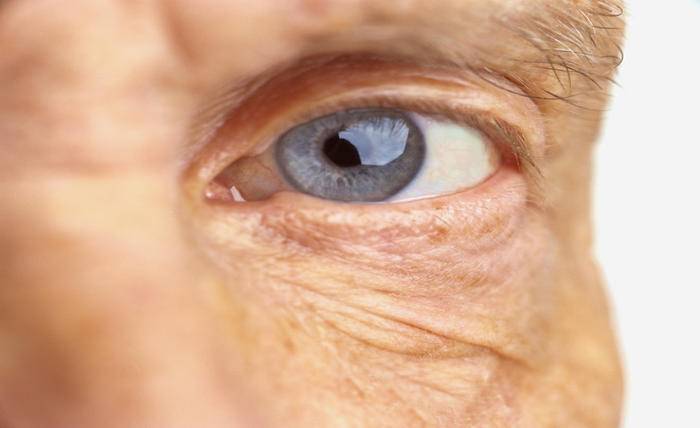Diabetes can change how the eyes work, and the effects show up as small issues add up. That’s why regular eye checks matter for older adults, whether living alone, with family, or in an assisted living community. This isn’t about fear; it’s about staying ahead so reading, driving, and recognizing faces remain part of daily life, with confidence to keep doing things that make each day yours.
Contents
What’s Happening Inside the Eye
Diabetic retinopathy starts when high blood sugar weakens blood vessels that feed the back of the eye. Picture a garden hose that develops pinhole leaks: small at first, then messy. Those leaks can blur vision, create floaters, or leave spots.
Over time, the body tries to patch the damage by growing new vessels, but they’re fragile and can bleed. No pain warns you, which is why it’s easy to miss. The aim is simple: protect vessels by keeping blood sugar, blood pressure, and cholesterol under control.
Early Signs You Might Notice
Early stages are sneaky. You might wake up with clear sight some days and fuzziness on others. Colors look washed out. Night driving feels tougher because glare from headlights blooms and lingers. You may need a brighter light to read fine print, or you may hold the menu farther away.
Little dots or threads drifting across your view—floaters—might pop in and out. Because these changes can come and go, it’s tempting to shrug them off. Don’t. An eye exam can spot trouble before vision loss and protect sight.
How Vision Changes Day to Day
As retinopathy moves along, daily tasks can feel like walking through fog that shifts. Faces in a crowd blur. Steps and curbs seem flatter than they are, raising the risk of stumbles. Reading takes longer because letters fade at the edges or jump when your eyes move from line to line.
Depth and contrast slip, so a black wallet on a dark table disappears. The mental load builds: more squinting, more second-guessing, more fatigue. It isn’t just “bad eyes”; it’s a tug on confidence and independence.
Ways to Protect Your Sight
The strongest step is routine care: yearly dilated exams, and sooner if your eye doctor suggests it. Keep a simple log of blood sugar, medications, and questions to bring to visits. Ask about treatments such as laser therapy, eye injections, or surgery if needed—modern options can slow or improve changes.
At home, turn up the lighting, use high-contrast labels, add non-slip strips on stairs, and set large text on phones and tablets. Wear sunglasses, rest eyes during long tasks, move daily, eat well, and take medicines prescribed.
Conclusion
Diabetic retinopathy doesn’t arrive overnight, and it isn’t all-or-nothing. With steady health habits, regular eye care, and smart tweaks at home, many older adults keep doing what they love. Notice changes early, speak up, and keep showing up for eye visits—that’s how you stay in focus. And if something shifts, like a curtain of darkness or a shower of floaters, call a doctor promptly. Action can protect sight.




